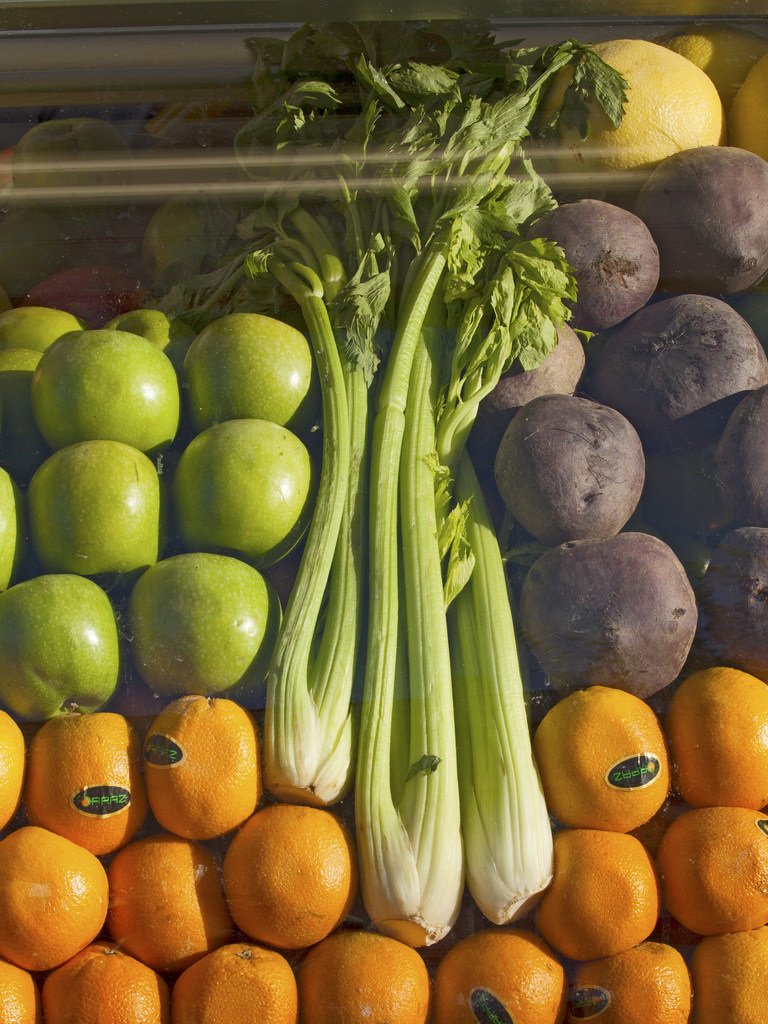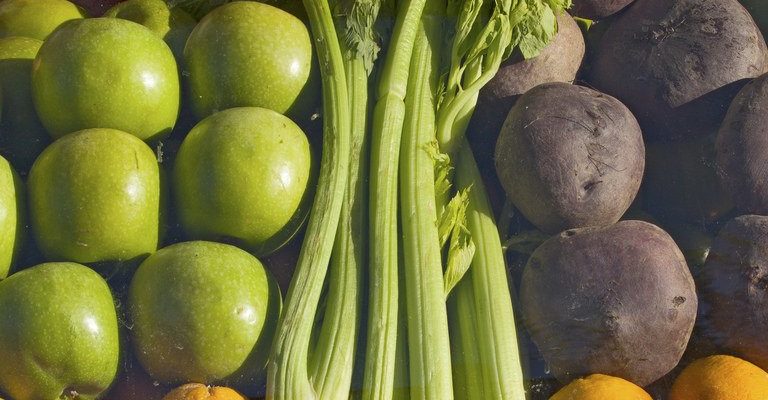
Green iguanas are primarily herbivorous, meaning they thrive on plant-based foods. However, their diet is not as straightforward as just tossing in some greens and calling it a day. The key to keeping your iguana healthy lies in understanding their specific dietary needs and preferences. From leafy greens to fruits, there’s a lot to consider, and I’ll break it all down for you here.
The Basics of Iguana Diets
Green iguanas are known for their vibrant colors and calm demeanor, but beneath that exterior is an animal with specific dietary requirements. These creatures are naturally found in Central and South America where they munch on a variety of plants. In captivity, mimicking their natural diet is crucial for their health. Most importantly, you might be wondering, what does a green iguana eat?
* Leafy Greens: This is the foundation of their diet. Greens like collard greens, dandelion greens, and mustard greens should be offered daily.
* Fruits and Vegetables: While these are treats, they should be given in moderation. Fruits like bananas, strawberries, and mangoes are favorites, but don’t overdo it!
Remember, iguanas are not meat eaters. They need plant matter to thrive, so any attempt to feed them animal proteins can lead to health issues.
Leafy Greens: The Staple of Their Diet
When thinking about what does a green iguana eat, leafy greens take the spotlight. These are the staple foods that should make up the majority of their diet. Honestly, you can think of leafy greens like the bread and butter of an iguana’s plate.
Types of Leafy Greens
Here are some wonderful options you can include:
- Collard Greens: Rich in calcium and fiber, they’re a great choice.
- Kale: Packed with nutrients, but should be offered in moderation due to oxalates.
- Dandelion Greens: Delicious and nutritious, these can often be found in your backyard!
It’s a good idea to vary these greens to ensure your iguana gets a wide range of nutrients. If you just feed them one kind every day, they might miss out on essential vitamins.
Fruits: Sweet Treats but with Caution
Fruits can be a fantastic addition to an iguana’s diet, but think of them like dessert—tasty, but they shouldn’t be the main course. You might be wondering how often to treat your iguana to fruits. The rule of thumb is to offer them sparingly.
Safe Fruits for Green Iguanas
Consider these popular choices for your iguana’s occasional treat:
- Strawberries: High in Vitamin C!
- Mangoes: A sweet delight that iguanas often love.
- Papaya: Full of nutrients and usually well-received by iguanas.
Feeding fruits should be done every few days, and remember to wash them thoroughly before serving. You wouldn’t want any pesticides sneaking into your iguana’s diet.
Vegetables: The Crunchy Companions
Just like humans enjoy their veggies, green iguanas appreciate a variety of them too! While leafy greens are crucial, other vegetables can round out their diet nicely.
Best Vegetables for Iguanas
Here’s a list of great vegetables you can introduce:
- Bell Peppers: These come in a rainbow of colors and are full of vitamins.
- Squash: Zucchini or yellow squash can add texture.
- Carrots: Shred them for some added crunch!
Remember, when introducing new foods to the diet, do it slowly. This way, you can observe any reactions your iguana might have.
Calcium and Supplements: A Key Component
Here’s the thing: while leafy greens, fruits, and vegetables are essential, calcium is just as important! Iguanas have a high calcium requirement, and without it, they can face serious health issues, like metabolic bone disease.
How to Provide Calcium
You can supplement their diet with:
- Calcium Powder: Dust it on their food a few times a week.
- Commercial Supplements: There are many formulated specifically for reptiles.
- Safe Calcium-rich Foods: Include dark leafy greens like collards and kale.
Make sure to provide a calcium source regularly, as it helps support their bone health and overall well-being.
Water: The Often-Overlooked Essential
Hydration is crucial, and you might not realize just how important water is in the diet of a green iguana. They get some moisture from their food, but direct water access is a must.
Providing Water Correctly
* Water Bowl: Make sure it’s shallow enough to avoid drowning but deep enough for them to drink comfortably.
* Mist the Environment: Iguanas appreciate humidity, so misting their enclosure helps keep them hydrated.
You can also observe your iguana’s behavior. If it seems lethargic or refuses food, it might be a sign they’re dehydrated.
Common Mistakes to Avoid
When it comes to feeding your green iguana, there are some common pitfalls. Awareness is key here, as some foods that we might think are healthy can actually be harmful to iguanas.
Things to Watch Out For
* Overfeeding Fruits: They might love them, but they can lead to obesity and health issues if given too often.
* Avoiding Protein: Remember, iguanas are not meat eaters. Stick to a herbivorous diet.
* Ignoring Calcium Needs: A lack of calcium can cause severe health complications. Make it a priority!
Keep an eye on your iguana’s behavior and appearance. If something seems off, it might be time for a diet check.
Feeding a green iguana might seem complicated at first, but with the right knowledge, it becomes much simpler. Remember, what does a green iguana eat? Leafy greens, fruits, and vegetables should make up the bulk of their diet, while a careful eye on calcium levels ensures their health. By providing a balanced diet and staying vigilant about their needs, you’re setting your iguana up for a long, healthy, and happy life.
So, there you have it! Now that you’re armed with this feeding guide, you can enjoy the rewarding experience of nurturing your vibrant green friend.

